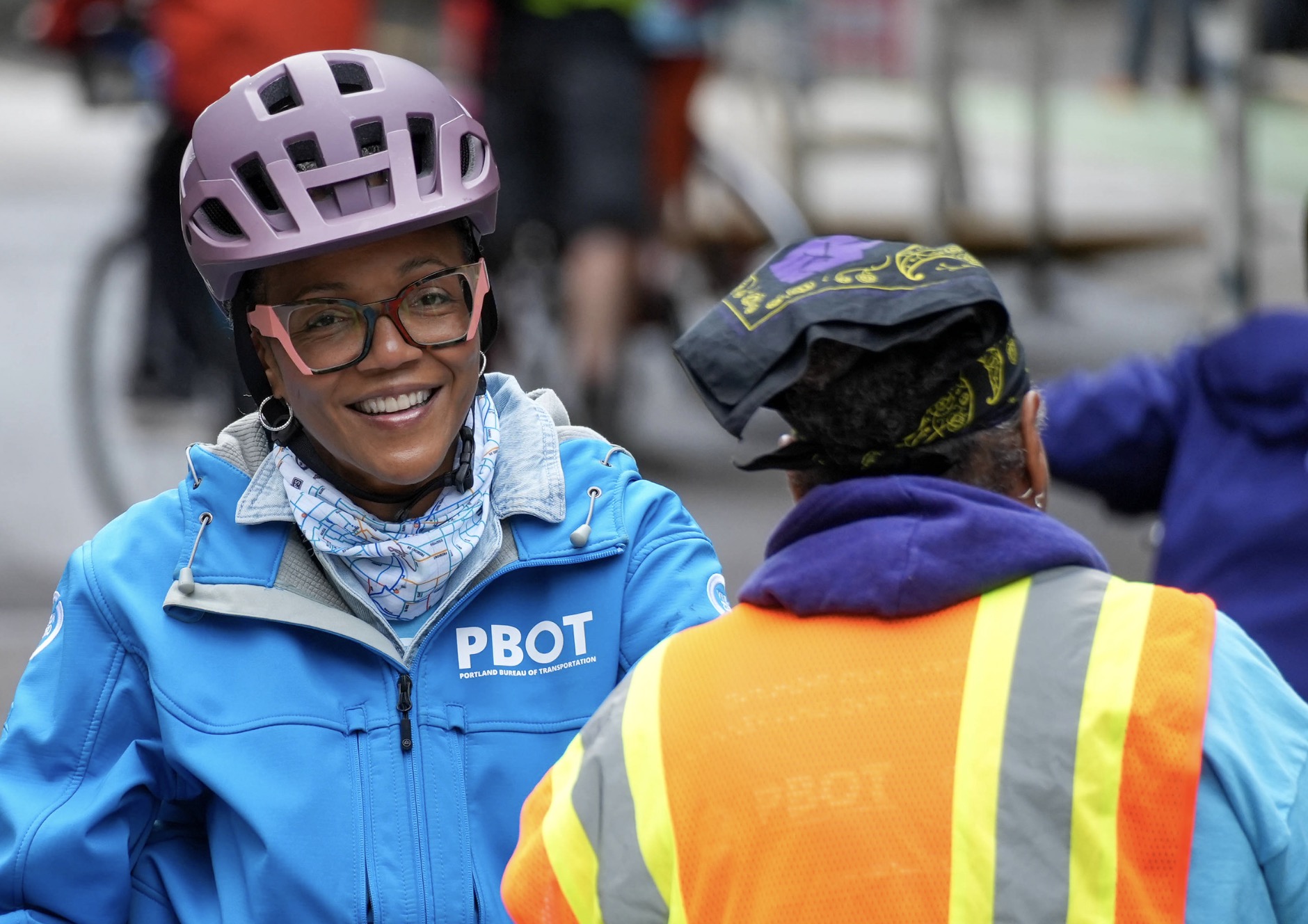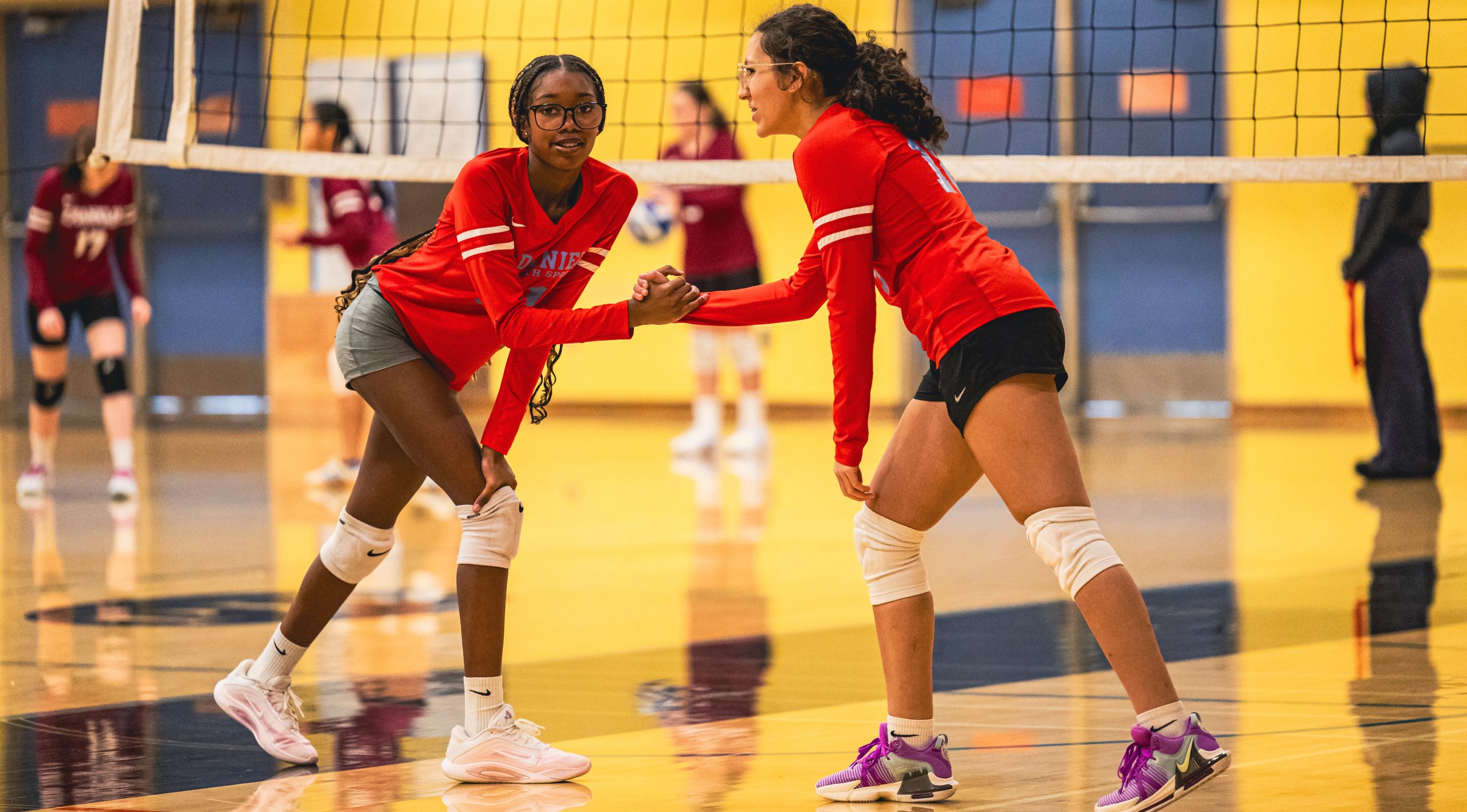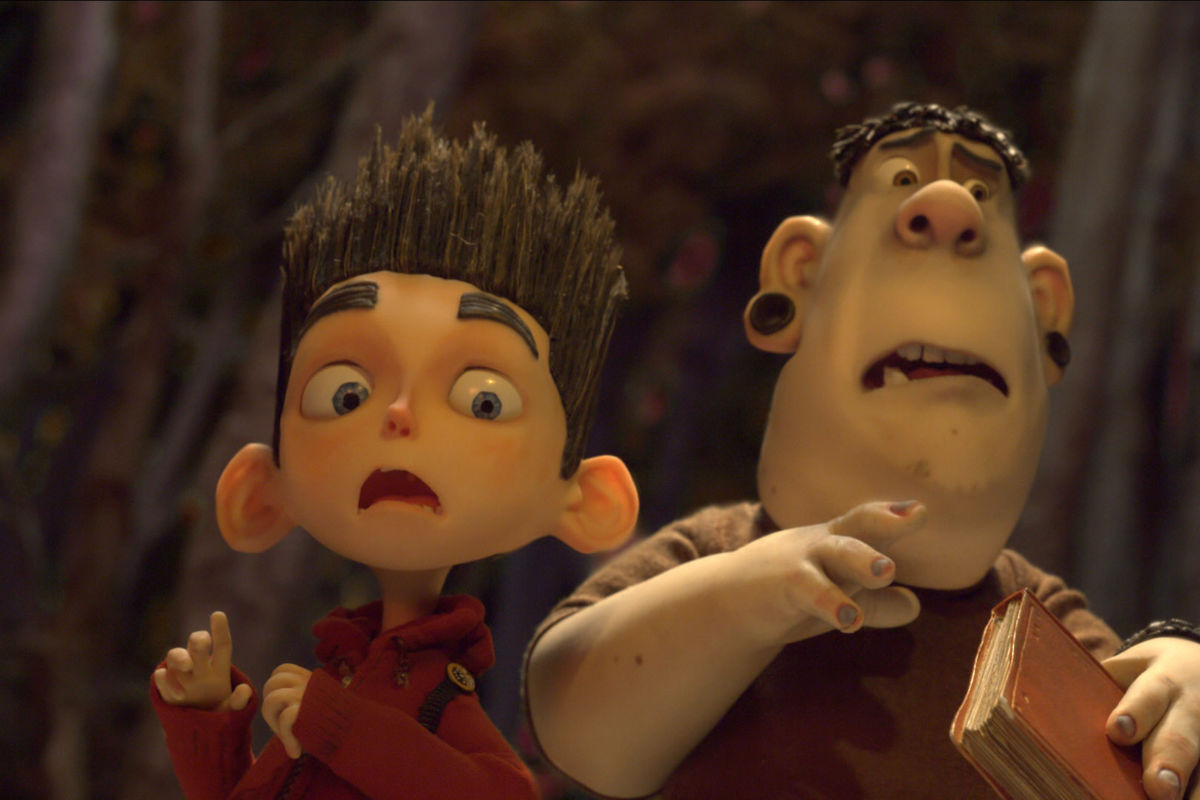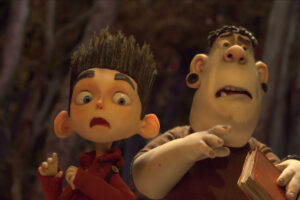Oregon Ballet Theatre Artistic Director Dani Rowe Takes On Marilyn Monroe

“In the studio, we get to live in this space where we’re imagining together,” says Oregon Ballet Theatre artistic director Dani Rowe, photographed here with OBT’s second company, OBT2.
Three years ago, Kim Kardashian wore a dress of Marilyn Monroe’s—the crystal-covered silk gown the actor donned to serenade John F. Kennedy on his 45th birthday—to the Met Gala. Afterward, Dani Rowe, a choreographer and retired ballet dancer then living in San Francisco, found herself in conversation with good friend Emma Kingsbury, a costume and set designer. “Emma had some strong opinions about it,” Rowe recalls. “And we were both like, We need to tell her story.” A year later, Rowe became artistic director of Oregon Ballet Theatre—the first woman to hold the role in the company’s 36-year history—and this spring will debut Marilyn. While the full-length ballet will nod to iconic moments in film and fashion, at its core, Rowe says, is the fundamental human need to be loved. As told to Rebecca Jacobson
I never thought I wanted to be a choreographer. It was more of a series of events where people said, Why don’t you try this? For at least the first three years, I was not making any money. [But] I felt such great fulfillment. It fulfills me even more [than dancing]. It’s not just about teaching steps. To make a great piece, the dancers need to believe in what you’re trying to say just as much, if not more, than you. That bond you create through making something together, there’s nothing like it.
I have always loved Marilyn, but I didn’t know a huge amount. The more I [learned], the more I fell in love with her. But [I wanted] to tell the story more from the perspective of her as a woman as opposed to a sex symbol.
Of course, one can’t tell the story of her whole life in two hours, but it’s honing in on her relationships…and that need for acceptance. She was abandoned as a child, her father first and then her mother. I feel like she was searching for that unconditional love that one normally receives from parents. She never got that, so spent her life seeking that. So the ballet will look at those relationships: her first marriage, [to] James Daugherty; Joe DiMaggio; her psychoanalyst; Arthur Miller. It will touch on the Kennedys, but not deeply.
We know her voice—the way she used her voice, the breathiness of her voice, the rhythm of her voice. That I have been thinking about a lot, and how to incorporate that into her movement quality.
In the studio, we get to live in this space where we’re imagining together. I try to live there as honestly as possible, because once judgment comes into play, or embarrassment, or all those things you start to bring into your being as you get older, you are less inclined to take risk.
[Kids] live there most of the time. I was Face-Timing with my daughter, and she came up to the screen in a cardboard box with a cutout with a little flap, and she’d done little dots, and that was a computer. She spoke to me as a robot the whole time. It was incredible. She 100 percent believed she was a robot. I just think, Wouldn’t that be great? Like, all of a sudden, if you’re not having a great day, [it’s] like, Let me be a bird for 30 minutes.
So many young girls do ballet at some point. The competition is very, very intense. And then there’s the pointe shoes. I’ve been thinking about this a lot recently, because I haven’t worn pointe shoes in a long time. When it’s your world, you don’t think about it being an odd choice of shoe, or choice of apparatus. It’s so beautiful, but the pain—I remember being 12 years old and bleeding through the pointe shoe. And, like, skin, raw skin, it’s disgusting. But I wanted to conquer that pain. It’s tough—so, so tough. And then you arrive at this place of such beauty. It’s so exquisite that they are floating across the floor.
Women in general, I think we are really good at keeping on keeping on. And I think ballerinas are that, maybe exaggerated just a little.
Share this content:















Post Comment